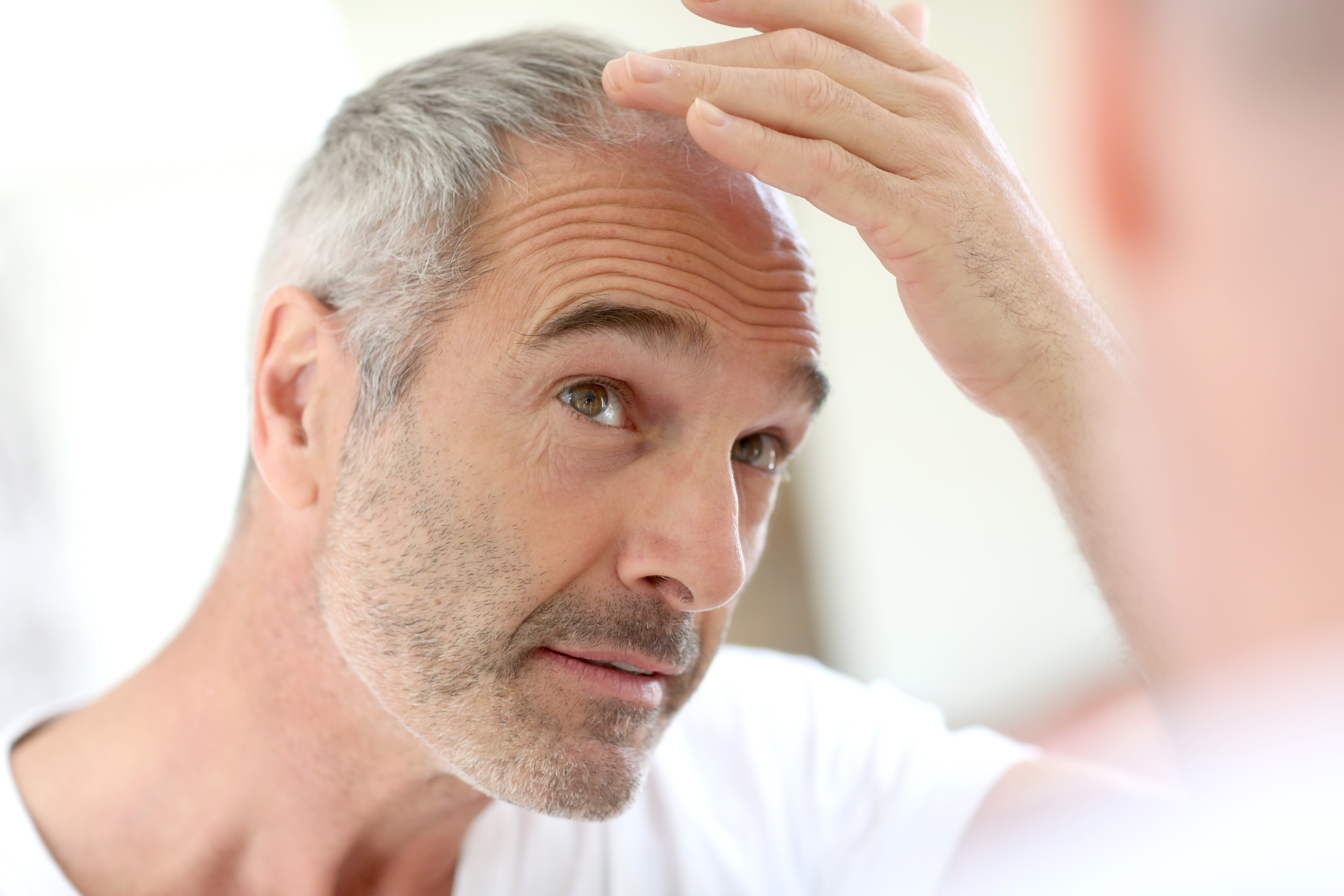DIAGNOSIS
Physician may do/request:
- History & Physical Exam
- Ask questions about your hair loss, look at the pattern of your hair loss, and examine your scalp
- Other Tests (if needed)
- Hair analysis
- A sample of your hair and sometimes scalp will be taken and examined under a microscope
- Blood tests
- including testing for a specific conditions, such as an overactive or underactive thyroid gland
RECOMMENDED MEDICATIONS
Medicines include:
Surgery
Surgery includes hair transplants and procedures such as scalp reduction and scalp flaps.
Hairpieces and hair products
May not be treated if it doesn’t bother you too much. Wearing of wigs may be an option.
Cosmetic approaches to hair loss include:
- Wearing hairpieces made from human or synthetic hair
- Using certain hair care products and styling techniques to make hair appear thicker
Hair care for cancer treatment
Hair loss caused by cancer treatment requires special care: Use mild shampoos. Do not use a hair-dryer.


